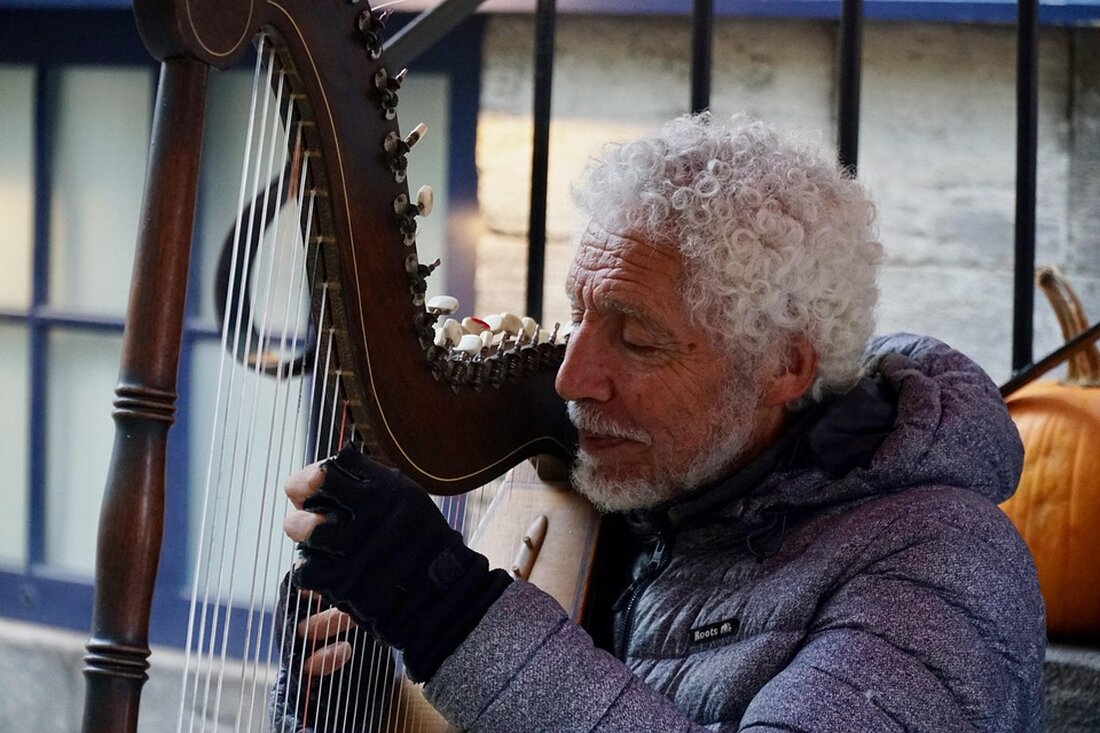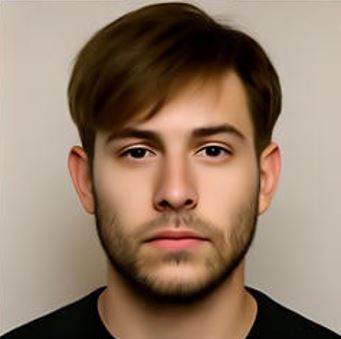Artist keeps Hong Kong's neon heritage alive
An artist in Hong Kong is preserving the city's once bright (neon) culture with his neon workshop. Despite strict regulations, he focuses on creative designs and training young talents.

Artist keeps Hong Kong's neon heritage alive
The neon lights that once illuminated Hong Kong have mostly gone out. These lights were synonymous with the city, but in recent years the government has tightened regulations due to safety concerns, resulting in the removal of many signs.
The newest neon studio in Hong Kong
But in a studio in the Wong Chuk Hang district, the neon lights shine brightly. Jive Lau founded the Kowloneon studio in 2021 to preserve the craft of neon making. His interest in neon began a long time ago, but in 2019 he took a week off from his job as a graphic designer to attend a neon making course in Taiwan. When Lau, now 42, was laid off during the Covid-19 pandemic, he seized the opportunity to pursue neon art full-time. Today he has found commercial success with his designs - including an elaborate neon facade for the US fashion brand Coach, a sign for a Louis Vuitton event and light installations for the Hong Kong Ballet.
The decline of neon lights
Neon signs were first introduced in Hong Kong in the 1920s. As the city's economy thrived from the 1950s to the 1980s, the neon industry also boomed, says Brian Kwok, a professor of design at Hong Kong Polytechnic University and author of the book "Fading Neon Lights, an Archive of Hong Kong's Visual Culture." The lights have been used to advertise everything from tailor shops to bars to seafood restaurants, but in recent decades the neon industry has declined in importance.
In 2011, the city's building department found that about 120,000 advertising signs, including neon lights, existed in the city, many of them without permits. Stricter regulations led to the removal of many signs, including a well-known neon cow sign above Sammy's Kitchen, which was taken down in 2015 as an illegal structure.
Neon as an art form
Some local business owners have readily replaced neon signs with modern technology such as inexpensive LED lights. Social factors, such as association with seedy places, have also contributed to neon's decline, according to the M+ Museum. Kwok reports that in 2018 and 2019, when he was conducting research for his book, there were only about 470 neon lights left in the five Hong Kong neighborhoods he studied. Today he believes only about 10% of it remains.
Making neon lights is a delicate and complex task that requires powerful torches to heat and shape glass tubes, as well as injecting the right mix of gas into the tubes, with the joints having to be seamless so that they cannot be seen. There are not many people who can still master the painstaking and delicate work. Kwok estimates that there are only about three to five neon masters left in Hong Kong, with only one or two actively working in the craft.
A ray of hope for neon art
In recent years, the disappearance of neon has increasingly attracted media and public attention. Some artists like Lau have started working with neon at a time when the city is changing rapidly. That includes a Beijing-led push to curb dissent after 2019's pro-democracy protests, which critics see as a threat to the city's creative freedom. Many young Hong Kongers have left the city.
“Neon represents Hong Kong,” says Lau. “If the most beautiful and representative things of Hong Kong fade away, I will be really sad,” he added. Some Hong Kong brands continue to use neon in their stores. Lau has signs for a gelateria and a large neon installation he created decorates the flagship store of local retailer Goods of Desire (G.O.D) in the central nightlife district Lan Kwai Fong.
Unlike the neon masters of old, who primarily made signs with just the name of the business being advertised, he takes a more creative approach. His sign about G.O.D. for example, shows figures holding a wine glass and pouring tea.
The Future of Neon Art in Hong Kong
In his studio, where he receives subsidized rent from the government-backed Hong Kong Arts Development Council, walls are covered with tools and the remains of broken pipes lie scattered on worktables. He shows CNN a neon sign that's taller than he is, with intricately curved neon depicting a phoenix and a dragon - symbols often used as a backdrop for Chinese wedding photos that took him a month to create.
He also uses neon to create sculptures and is planning an upcoming exhibition. He's also working on opening a store that sells neon objects suitable for Hong Kong's notoriously small apartments. He shows CNN a small neon-colored flash mounted on a base. “I want to reach a different kind of consumer,” says Lau.
Kwok observes similar trends among Hong Kong's few neon manufacturers. “The entire industry has shifted towards art-related projects or small-scale interior decoration projects,” he explains. Lau wants to get more people interested in the art form and started a three-month internship program late last year to teach other young people the craft.
The first group of eight interns included students and professionals in fields ranging from technology to art restoration. Lau plans to conduct a second internship program later this year. “Some people say to me, ‘Don’t create unnecessary competition for yourself,’” says Lau. “But we need to grow the community for the future.”

 Suche
Suche
 Mein Konto
Mein Konto
